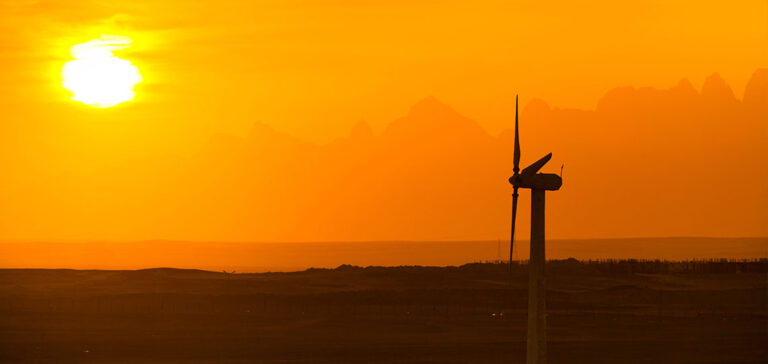At present, almost 600 million of its inhabitants live without access to electricity, a major obstacle to economic and social development. The World Bank (WB), aware of this gap, has decided to invest massively in the renewable energy sector. WB President Ajay Banga announced this major financial commitment during his speech in Tanzania, underlining the urgent need to act for a sustainable energy future in Africa.
Investment objectives and strategies
The WB project aims to provide “reliable, low-cost, renewable electricity” to 100 million people on the continent by 2030. This initiative is part of a wider effort to eradicate poverty while ensuring environmental sustainability. The $5 billion investment by the International Development Association (IDA), a subsidiary of the World Bank, marks a significant step towards achieving these ambitious goals.
Economic and social implications
Access to energy is a key factor in economic development and job creation. The WB initiative aims not only to transform Africa’s energy landscape, but also to catalyze economic development and improve living conditions on the continent. Ajay Banga insists that electricity must be “accessible to all”, highlighting the importance of this investment in combating poverty and improving living standards.
Modernization and Expansion of Electrical Networks
The investment plan involves modernizing existing power grids and improving their reliability. In addition to strengthening the existing energy infrastructure, there are plans to build new solar power plants and promote cross-border energy trading. This holistic approach aims to create a more integrated and efficient energy system in Africa.
Financing and International Collaboration
In addition to the $5 billion from IDA, the WB is looking to raise a further $10 billion through public and private investment. This collaborative approach is essential to support a project of this scale. The project is part of a global vision in which the challenges of climate change are tackled head-on, while at the same time fighting poverty.
The WB initiative is not just about providing clean, affordable energy; it’s also about creating a sustainable model for future generations. The project aims to lay the foundations for green growth in Africa, by promoting renewable technologies and minimizing the continent’s carbon footprint.
The World Bank’s $5 billion financing for renewable energy in Africa represents a major turning point in the continent’s energy history. This investment has the potential not only to radically transform the energy sector, but also to accelerate the economic and social development of millions of Africans. The completion of this ambitious project paves the way for a more prosperous and sustainable future for Africa.





















